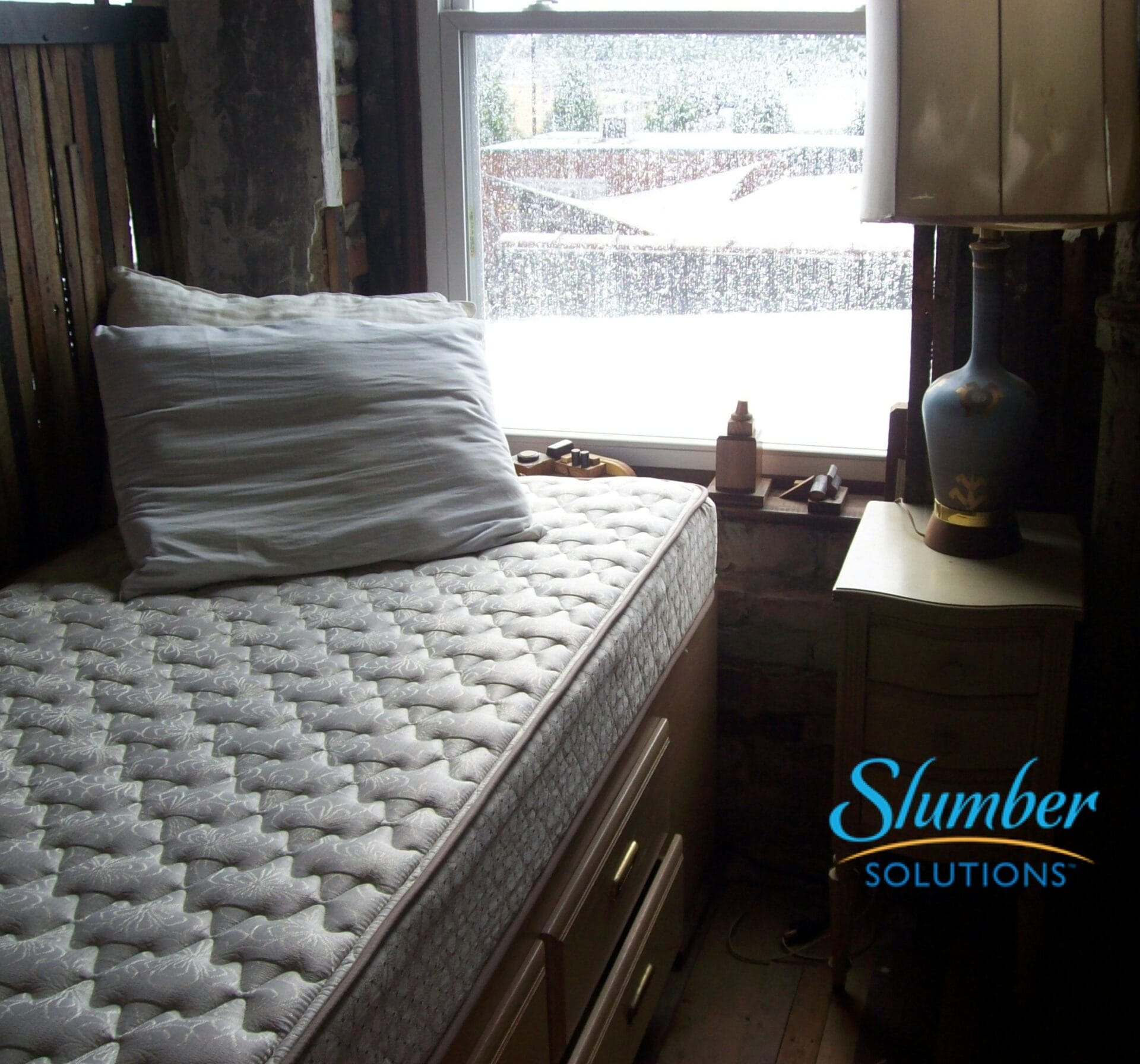Top 10 Tips for Maintaining Your Brand New Mattress
- Patrick Conley
- May 20, 2024

You’ve just clicked “Buy”!
– Now what?
Your brand new mattress set – an investment in quality sleep and years of relaxation. But just like any prized possession, proper care is essential to ensure it delivers on that promise. Here are ten key tips to keep your mattress feeling fresh, clean, and supportive for many years to come:
1. Embrace the Barrier: The Power of a Mattress Protector
Think of a mattress protector as a superhero cape for your mattress. It shields your investment from everyday threats like spills, sweat, and dust mites, all while extending the lifespan of your new bed set. Choose a waterproof and breathable protector made from materials like cotton or hypoallergenic synthetics. Opt for a fitted mattress pad design that hugs the mattress snugly to prevent bunching and discomfort.
2. Rotate and Refresh: Maintaining Even Wear
Mattresses do not wear evenly because our body weight is not distributed evenly. To prevent sagging and body impressions, establish a routine of rotating and/or flipping your mattress. For one-sided mattresses, simply turn it 180 degrees head-to-foot. Double-sided mattresses require both flipping (top to bottom) and rotating. Consult your mattress care guide for the manufacturer’s recommended rotation schedule, which is typically every 3-6 months.
3. Banish Dust Bunnies: Regular Vacuuming is Key
Dust mites, dead skin cells, and other allergens can accumulate in your mattress over time. Combat these sleep disruptors with regular vacuuming. Every few weeks, remove your sheets and mattress pad (see #1 above) and use the upholstery attachment on your vacuum cleaner with a soft brush to remove dust and debris from the quilted surface of the mattress and the sides as well. Don’t forget to vacuum under the bed frame too!
4. Fresh is Best: Address Spills Promptly
Accidents happen. But the key to minimizing damage from spills is to act fast. First, blot up as much liquid as possible with a clean, absorbent cloth. Avoid scrubbing, as this can spread the stain further. For water-based spills, a solution of mild dish soap and warm water dabbed onto the affected area can be effective. Remember to test any cleaning solution on an inconspicuous area of the mattress first. For more stubborn stains or spills involving bodily fluids, consult the manufacturer’s cleaning instructions or consider professional cleaning services.
5. Baking Soda Bonanza: Natural Deodorizing Power
Baking soda is a natural deodorizer and can combat musty smells that may develop over time. Once every few months, sprinkle a thin layer of baking soda over the mattress surface and leave it for 30 minutes to an hour. Then, thoroughly vacuum the mattress to remove the baking soda and any absorbed odors.
6. Sunshine Power: Airing it Out Naturally
Mattresses benefit from fresh air. On a dry, sunny day, strip the bed completely and prop your mattress up on its side against a wall or railing. Open windows to allow for good air circulation. This helps to remove moisture and prevent the growth of mold and mildew. Avoid direct sunlight exposure for extended periods, as this can damage some mattress materials.
7. Bedding Basics: Washing Sheets Regularly
While a mattress protector offers a layer of defense, washing your sheets and pillowcases regularly is equally important. Aim to wash your sheets in hot water (check the care label) at least once a week, or more often if you sweat a lot during sleep. This removes sweat, dead skin cells, and dust mites that can contribute to allergies and discomfort.
8. Supportive Slumber: Choosing the Right Bed Frame
A sturdy and supportive bed frame is crucial for maintaining the integrity of your mattress. Choose a frame designed for your specific mattress type (e.g., platform bed for innerspring mattresses) and ensure it provides proper support across the entire surface. Avoid using box springs with one-sided memory foam mattresses, as this can cause sagging.
9. Pet-Friendly Strategies: Keeping Furry Friends Off
While it’s tempting to cuddle with your furry friend in bed, pet hair, dander, and potential accidents can impact your mattress hygiene. Establish boundaries by training your pet to sleep elsewhere or invest in a designated pet bed. Regularly groom your pet and use a lint roller on the mattress surface to remove any stray fur.
10. Know When to Say Goodbye: Recognizing Replacement Time
Even with the best care, mattresses eventually lose their support and comfort. Signs it’s time for a replacement include visible sagging, body impressions that don’t bounce back, increased allergies, and overall discomfort. The typical lifespan of a mattress varies depending on quality and usage, but most last for 7-10 years.
By following these simple yet effective tips, you can ensure your brand new mattress remains a haven of comfort and support for years to come. Remember, a well-maintained mattress is an investment in your sleep health and overall well-being. So, embrace these practices and enjoy countless nights of restful slumber
